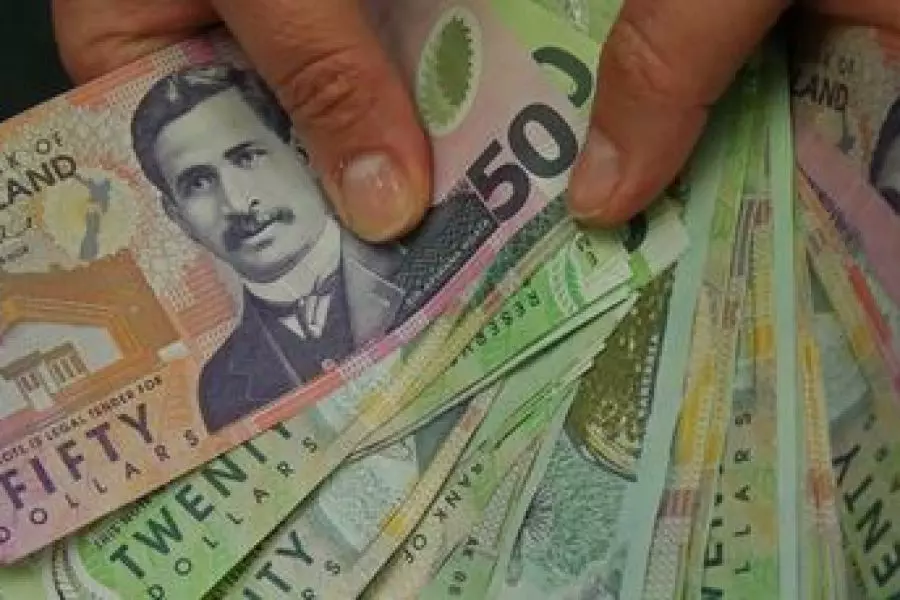News
Inspection photos may breach tenants’ privacy
Friday 8th of February 2008
The Tenancy Tribunal recently fined a Christchurch property management company, Brazier Property Management, for breaching a tenant’s privacy due to the number of photos taken during a property inspection.A total of 66 photos were taken of the townhouse, and the tenant complained that too many were of his possessions, rather than recording the condition of the property.
Want to read the full article?
Click the button below to subscribe and will have unlimited access to full article and all other articles on the site.






![[The Wrap] Bye Bye Bayly](https://goodreturns.publit.io/file/c_fill,w_900,h_600/39f23ac1-f7c7-4854-b700-a150004ebbac.webp)


